Astra will focus on cost containment strategies in the year to December 2014 and expects the integration with Kansai Plascon's supply chain will save at least 10% of production costs, finance director Herritage Nhende told an analysts briefing yesterday.
He said while the focus of their new parent was the coatings business and most benefits were likely to accrue to the paints division when it came to production, KP had bargaining strength throughout SA and this would help its trading business in chemicals when it came to procurement prices.
"The outlook for 2014 is difficult to foresee, but we as management will continue focusing on working capital strategies," he said.
Locally the group continued to face a lack of construction projects and limited disposal income in a shrinking market. There were also difficulties of late settlement of accounts and significant downsizing in the manufacturing sector. However, Nhende added that while trading in January and February was 8% below budget, sales were ahead of last year and the group was profitable.
Following the takeover in July after Hemistar Investments and KP acquired the RBZ's stake, Astra changed its year end from August and reported results for the 16 months to December 2013. MD Mac Mazimbe said KP was the 7th largest coatings operation in the world and wanted to spread its footprint further in Africa. It already had manufacturing facilities in Botswana, Malawi, Nambia, Swaziland, Zambia, and Zimbabwe. KP would facilitate exports to Botswana and Zambia, where the factory was unable to keep up with demand.
Nhende noted that since the comparable period was a third more than the prior (12 months to August 2012), results should be about a third more. This was apparent on the topline where revenue rose by 34% in the 16 months to December 2013 to $39.67 million, but there was less success on attributable line where profit was up 11% at $1.689 million. The GP had improved to 36% from 33%, but a 49% increase in costs mainly relating to wages reduced the operating margin to 6% from 7%. Sales volumes grew 3% in the period.
Exports in the period of $4.8 million compared with $3.2 in F12 were made largely from the Chemicals division (96%) and were largely exports of alcohol to Zambia and Malawi. Astra put money into stock going into the December season and sales were not as good as anticipated and therefore the inventory was up 11% at $5.8 million (F12:$4.9 million), of which $3.2 million was in finished stock. Astra had also opted to write off $202 000 as a result of bad debtors (F12: $179 000) and $318 000 due to stock obsolescence. Inventories had 3.3 months cover at year end, up from 2.8 at the end of F12, but had since come down.
On the rest of the balance sheet, the 19% increase in PPE came from a revaluation on plant and machinery. Debtors days ballooned to 60 from 46 and the target of 45. Short term debt had been reduced to $150 000 from $925 000 as the group reduced its exposure to expensive borrowings, taken out initially to stock up. Trade payables amounted to $3.9 million with the longest tenure at 85 days. Capex spend in the year amounted to $1.2 million.
- zfn
 OK Zimbabwe posts US$17,8 million loss
OK Zimbabwe posts US$17,8 million loss  Hichilema meets Chivayo
Hichilema meets Chivayo  Millions celebrate Diwali festival in India
Millions celebrate Diwali festival in India  Econet Zimbabwe to delist from ZSE
Econet Zimbabwe to delist from ZSE  Gold edges up as traders await guidance
Gold edges up as traders await guidance  Mnangagwa fires Chitando, appoints Polite Kambamura
Mnangagwa fires Chitando, appoints Polite Kambamura  Young Investment Professional (YIP) Graduate Programme 2019
Young Investment Professional (YIP) Graduate Programme 2019 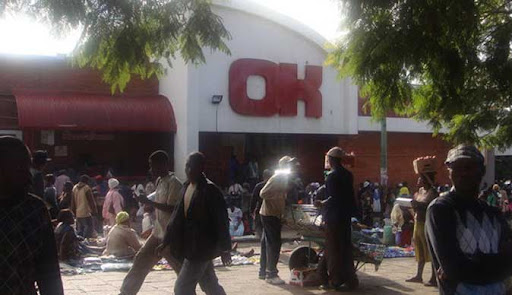
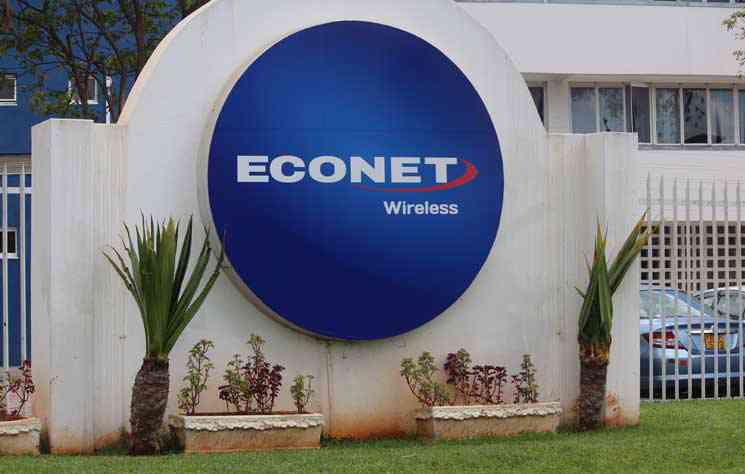

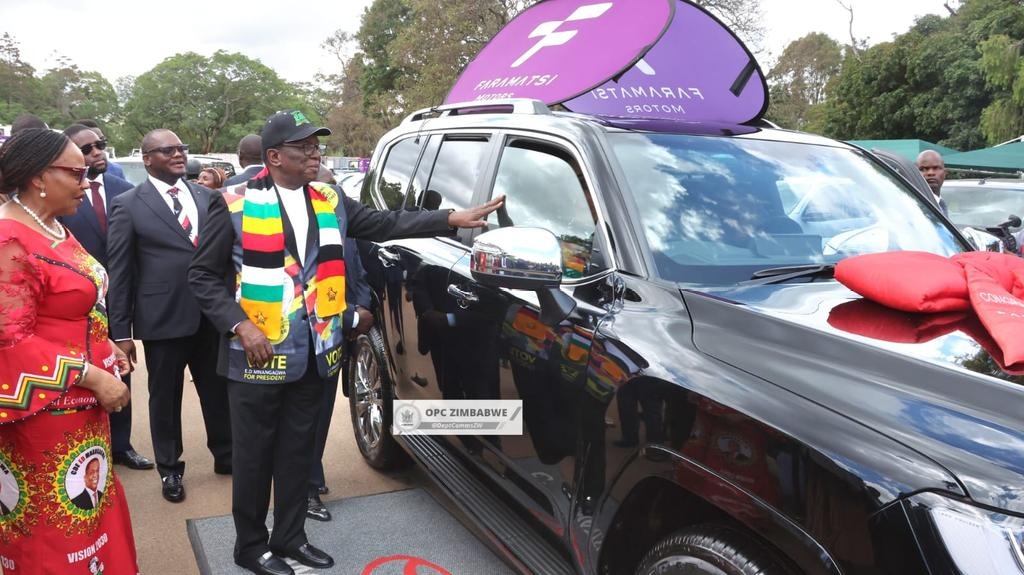
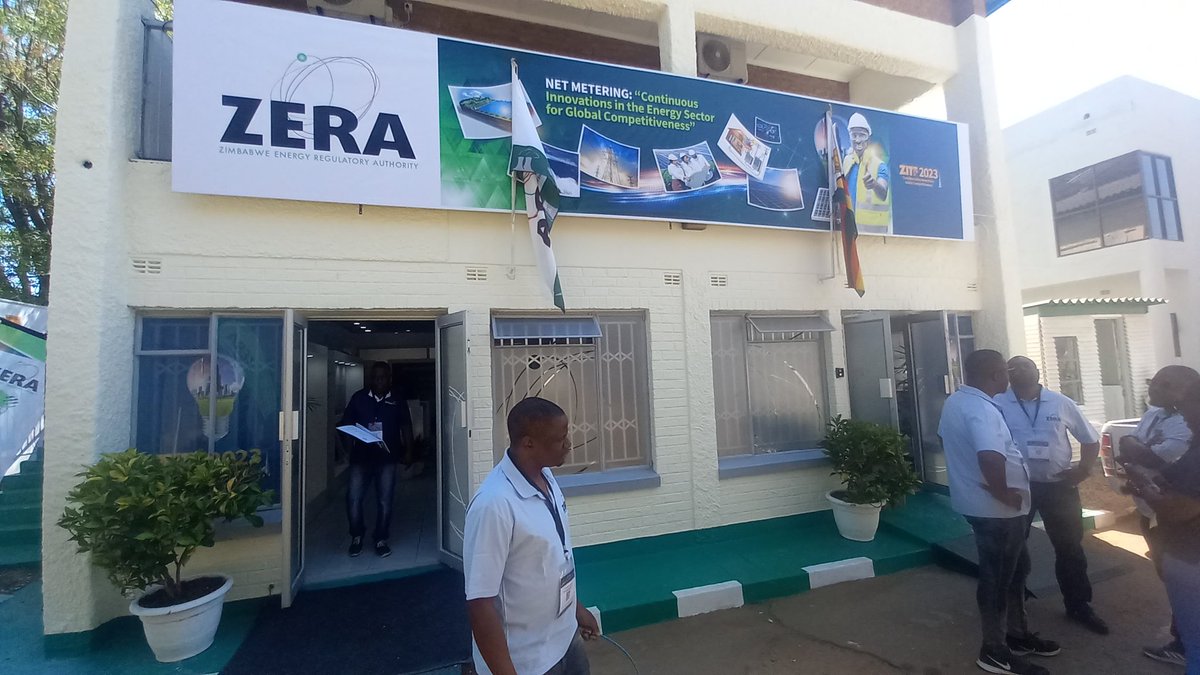

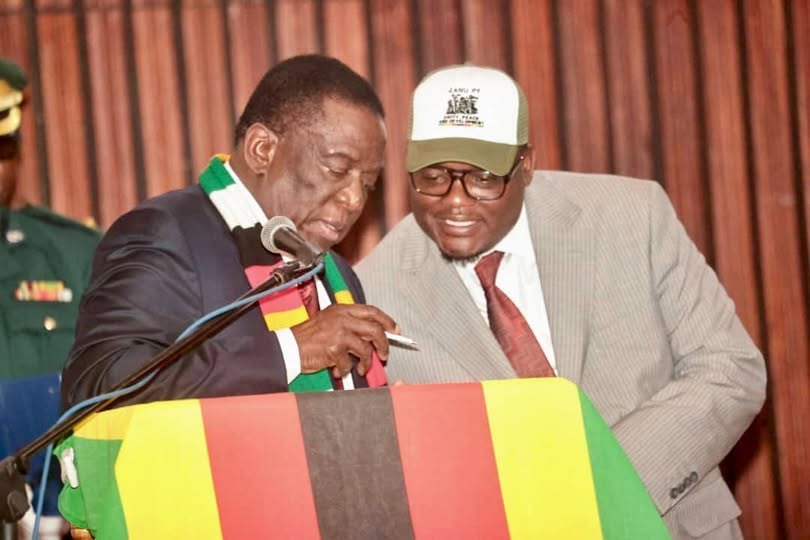
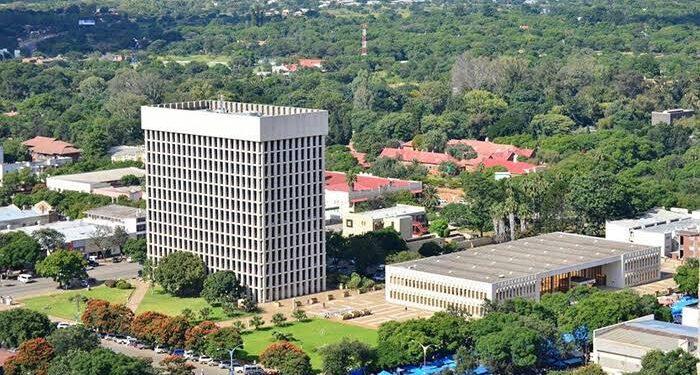
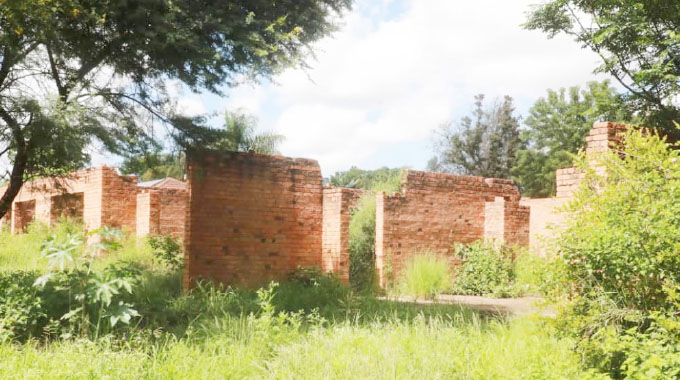
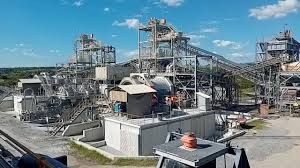

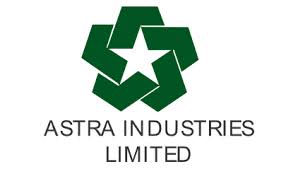
 Young Investment Professional (YIP) Graduate Programme 2019
Young Investment Professional (YIP) Graduate Programme 2019
Editor's Pick